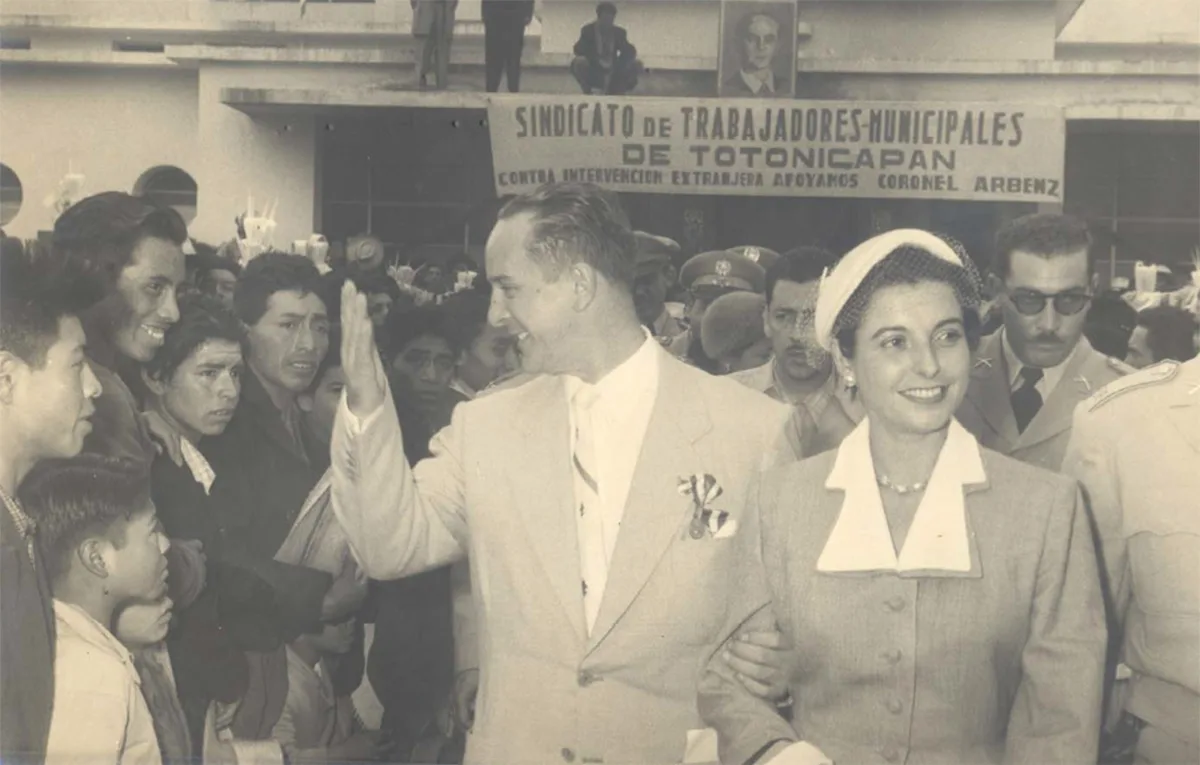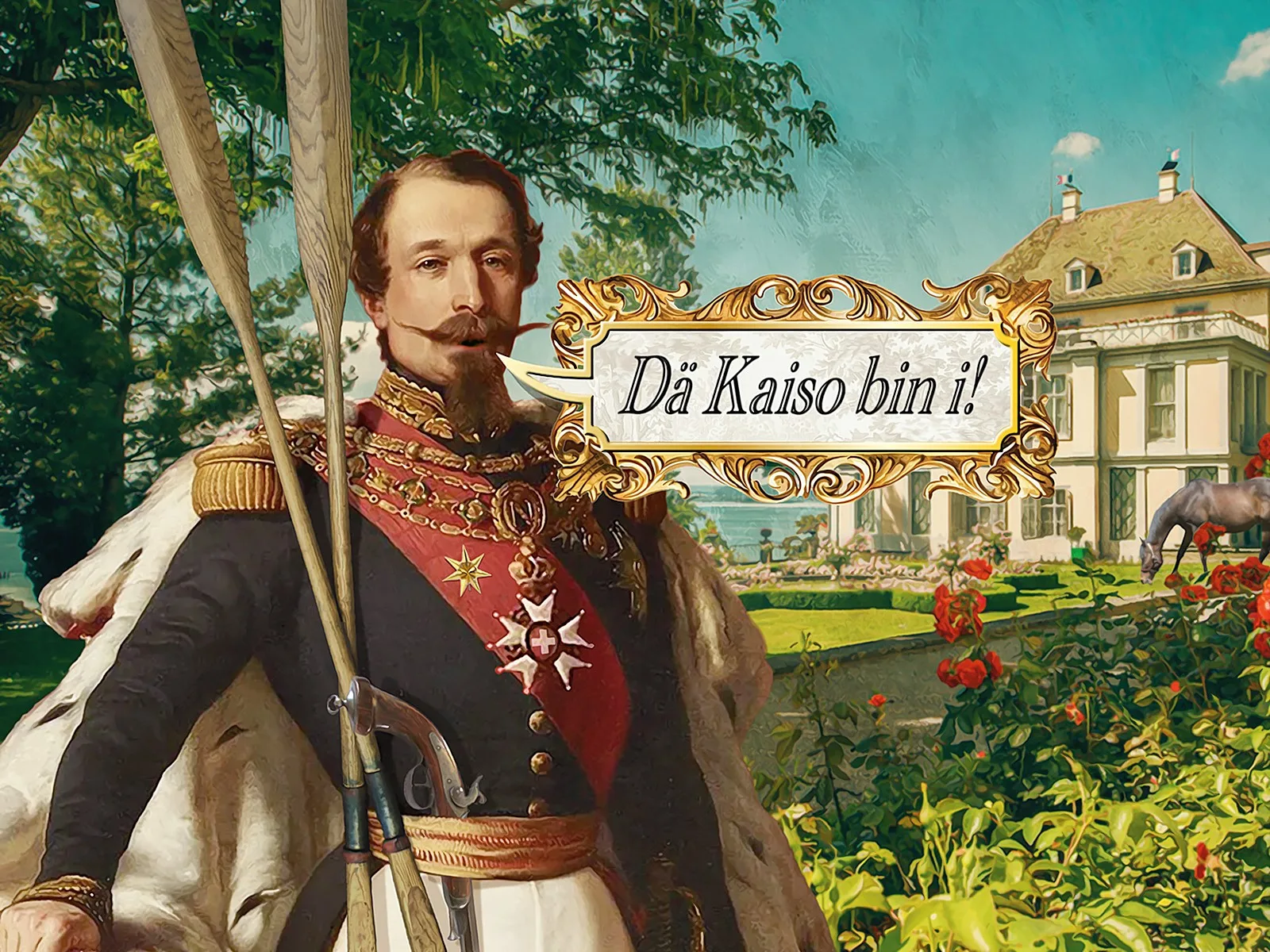
A ‘Swiss’ president for Guatemala
From Andelfingen to the very top of government in Central America: the story of Jacobo Arbenz, President of the Republic of Guatemala from 1951 to 1954, and his agrarian reforms that stirred up powerful opposition.




The 1954 US-orchestrated coup in Guatemala. YouTube




